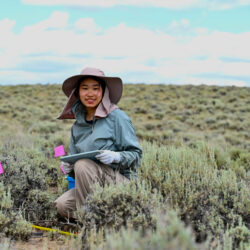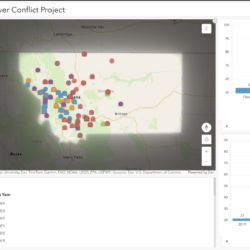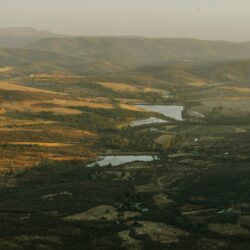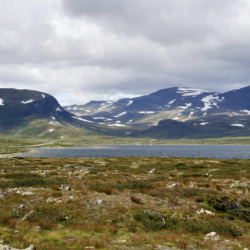Long-term Recovery of Herbaceous Production and Plant Functional Type Composition on Reclaimed Well Pads in the Jonah Field
Jianing is investigating how aboveground net primary production (ANPP) and plant functional type composition recover over time on reclaimed gas well pads and in adjacent undisturbed areas in Jonah Field. The Jonah Field, located in the Upper Green River Basin of southwestern Wyoming, is a major site of natural gas development within dryland ecosystems, where Read more about Long-term Recovery of Herbaceous Production and Plant Functional Type Composition on Reclaimed Well Pads in the Jonah Field[…]














